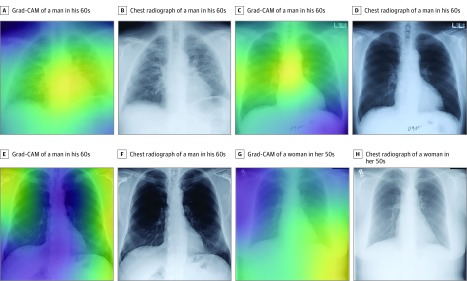Figure 3. Gradient-Weighted Class Activation Maps (Grad-CAM) of Anatomy Contributing to the CXR-Risk Score.
A and B, Grad-CAM (A) and chest radiograph (B) of a man in his 60s from the Prostate, Lung, Colorectal, and Ovarian (PLCO) trial who died of respiratory illness in 2 years. Grad-CAM highlights an enlarged heart with prominent pulmonary vasculature indicating pulmonary edema (very high-risk CXR-risk score). C and D, Grad-CAM (C) and chest radiograph (D) of a man in his 60s in the PLCO trial who died of cardiovascular illness in 7 years. Grad-CAM highlights the mediastinum and aortic knob, which may indicate cardiovascular health; sternotomy wires indicate previous cardiothoracic surgery (very high-risk CXR-risk score). E and F, Grad-CAM (E) and chest radiograph (F) of a man in his 60s in the National Lung Screening Trial who was alive at the end of 6-years follow-up. Grad-CAM highlights the extrathoracic soft-tissues, which may reflect body habitus (low-risk CXR-risk score). G and H, Grad-CAM (G) and chest radiograph (H) of a woman in her 50s in the PLCO trial who was alive at the end of 9-years follow-up. Grad-CAM highlights the shadow of the left breast and waist, which convey information about sex and habitus, important determinants of longevity (very low-risk CXR-risk score).

